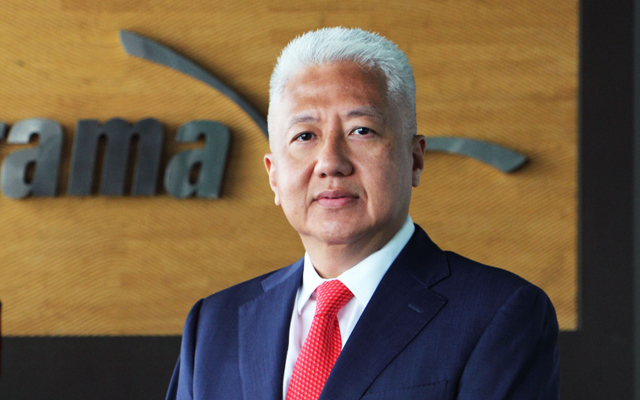In a country located along the Ring of Fire, it is vital for any tourism players operating in Indonesia need to possess keen awareness, knowledge and readiness to cope with natural disasters, says Budi Tirtawisata, group CEO, Panorama Group Indonesia

In a country located along the Ring of Fire, it is vital for any tourism players operating in Indonesia need to possess keen awareness, knowledge and readiness to cope with natural disasters.
It won’t be easy as turning your palm. It takes integrated effort and full commitment from all stakeholders, not just tourism sector stakeholders, but also external parties like media, as well as banking and finance institutions.
Indonesia was hit by two major natural disasters – the Lombok earthquake, and Palu-Donggala earthquake and tsunami – in the second half of this year, a period when Indonesia receives the majority of its foreign tourist arrivals.

Previously, the Mount Agung eruption in 2017 led to the closure of Bali’s Ngurah Rai International Airport for three days. Other volcano eruptions that took place last year also added more pressure to Indonesia’s tourism industry.
As we know, the tourism sector is resilient, yet it is susceptible to disaster. Last year’s 15 million foreign tourist arrivals marked a major achievement, and the target of 20 million tourist arrival now awaits for 2019.
Having said that, we need to convince the market that Indonesia is a safe place to visit, and convey measurable actions whenever natural disasters happen.
Disaster communication
Amid the barrage of news from sources all over, we need to build ‘tourism-friendly journalism’. It is important to publish news expressing hope rather than dramatising the disaster itself.
In this context, the media should have a sense of responsibility to share positive news from the tourism sector, such as mutual cooperation from societies helping disaster victims to improve their homes or clean up villages, without sacrificing their integrity or independence.
On the other hand, the trade should also share positive information to overseas partners, travel agents and clients to build up confidence that Indonesia and tourism stakeholders will be able to manage disasters well. This could foster a spirit of solidarity when disaster strikes. With good and open communication channels, we can minimise negative news and hoaxes on websites, printed news and other media platforms in times of disasters.
Tourism mitigation plan
All tourism players, be it tour operators, transportation suppliers or hoteliers, located in disaster-prone destinations should have emergency reserves (dried food, drinking water, and medium or big tents). These relief reserves should last for at least a week or more, by calculating the number of employees and immediate neighbourhood area that needs to wait for the evacuation teams to arrive when disaster strikes.
Emergency tents should be prepared as temporary shelters for survivors in the aftermath of an earthquake. This readiness must be included as one package in the standard operation procedure of each company.
Post-disaster rehabilitation
It is very important to revitalise an earthquake area, not just its physical rehabilitation but also the mental recovery of those affected, which must be done together with tourism players.
Tourist destinations are not created in a day, so by directly revitalising disaster-affected destinations, it is hoped that it can foster a collective spirit to create a better destination in the future.




















